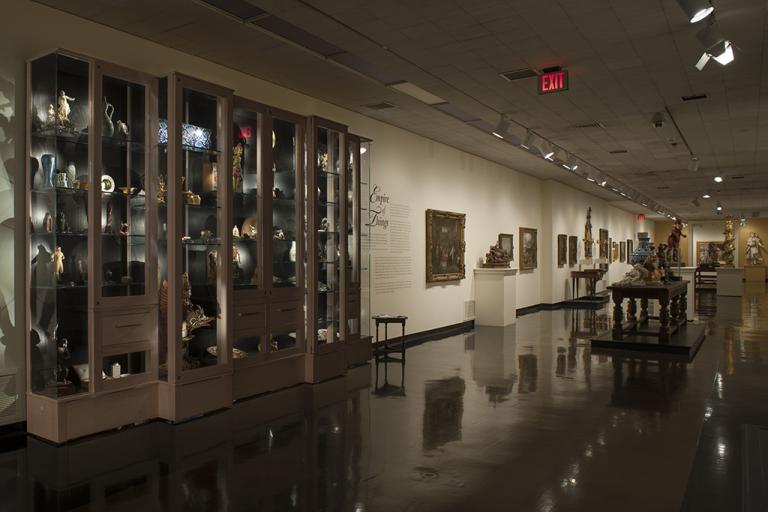bowl, Louis Comfort Tiffany
Artwork Overview
Louis Comfort Tiffany, artist
1848–1933
bowl,
1925
Where object was made: United States
Material/technique: Favrile glass™
Credit line: Anonymous gift
Accession number: 1991.0022
Not on display
If you wish to reproduce this image, please submit an image request







